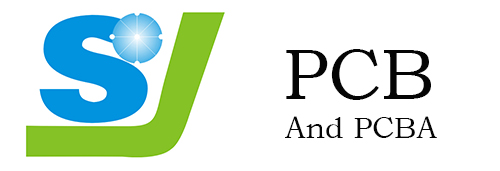Lamination, as the name suggests, is the process of bonding each layer of a circuit board into a whole. The whole process includes kiss pressure, total pressure and cold pressure. During the kissing stage, the resin penetrates the bonding surface and fills the voids in the tubing, before entering full pressure to bond all voids. The so-called cold pressing is to quickly cool the circuit board and keep the dimensions stable.
Matters needing attention in the lamination process: First of all, in the design, the inner core board must meet the lamination requirements, mainly including thickness, external dimensions, positioning holes, etc., which need to be designed according to specific requirements. It is generally required that the inner core board has no open circuit, short circuit, open circuit, oxidation and residual film.
Secondly, when laminating multi-layer boards, the inner core board needs to be processed. The treatment process includes black oxidation treatment and browning treatment. Oxidation treatment is to form a black oxide film on the inner copper foil, and browning treatment is to form an organic film on the inner copper foil.
Finally, when laminating, we need to pay attention to three main issues: temperature, pressure and time. The temperature mainly refers to the melting temperature and curing temperature of the resin, the set temperature of the hot plate, the actual temperature of the material and the change of the heating rate. These parameters require attention. As for the pressure, the basic principle is to fill the interlayer cavity with resin and discharge the interlayer gas and volatiles. The time parameters are mainly controlled by pressurization time, heating time and gelling time.



